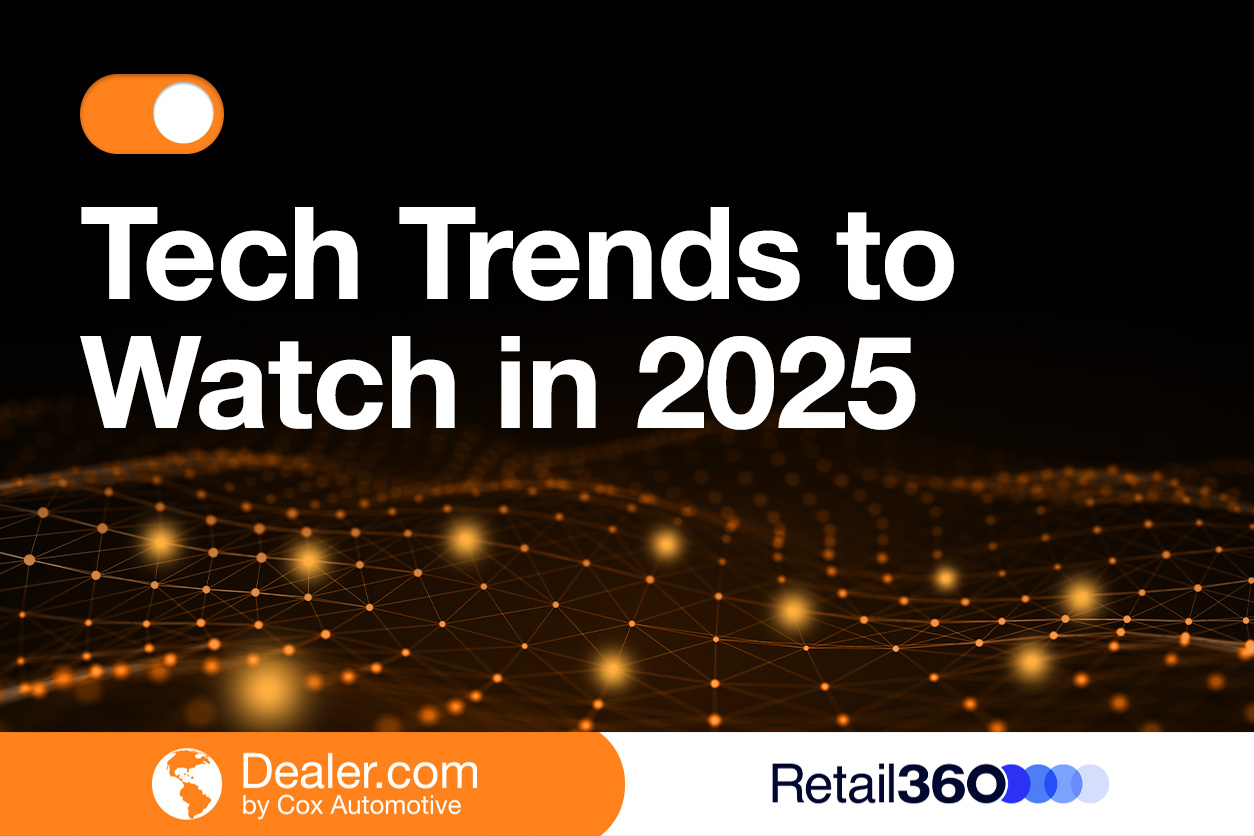
Google recently adapted its highly influential Zero Moment of Truth concept to the automotive industry, calling the decision-making, car-buying journey a series of micro moments, or key behaviors that led, or didn’t lead, to a purchase.
In their research, Google determined five micro moments where car shoppers asked themselves:
– Which car is best?
– Is it right for me?
– Can I afford it?
– Where should I buy it?
– Am I getting a deal?
For decades, savvy auto retailers and industry vendors have almost intrinsically known that shoppers are asking themselves these questions at pivotal moments along the car-buying process. Google’s study reinforces the importance of these critical moments with consumer data.
But what the industry is now adapting to a new sales strategy, one that embraces shoppers’ desire to do more of the shopping process online, and is backed by groundbreaking technology to help customers get the best possible answers to their most important questions.
Here’s how to put Google’s five key micro moments into the context of building a strategy using digital marketing and digital retailing to generate automobile leads:
1. Advertise where car buyers perform research.
Whether it’s a paid search or audience targeting campaign, the Google micro-moment study reminds us that strategic digital advertising, a service that Dealer.com offers as a sort of personal automotive advertising agency for your dealership, can help you capture the attention of shoppers who are in the information-gathering phase of the car-buying process.
2. Create content on your website that compares your models to those of key competitors.
Shoppers are looking for the right information to help them reach a buying decision. And we know that as research and decision-making has moved online, the days of shoppers having to visit multiple dealers are long behind us. If your brand and models are cross-shopped, create video and write blog content on your website and for social media that provides side-by-side comparison and analysis to tell the story of why your car is right for car buyers.
3. Use Digital Retailing tools.
Answering the question of affordability begins with payment (italicized because you’ll read that word a lot in the next sentence). The payment affordability experience should begin on your website with real finance payments and leases, the ability to search by payment, and self-pencil alternative down payments, terms, trade values and credit tiers.
4. Be transparent online and in every step of the selling process.
Digital Retailing allows you to create a unique car buying experience for shoppers that choose to save time by doing some of the work online. Not everyone will want to leverage these transactions tools – especially since as many as 43 percent of buyers see the dealership as a place to learn.
But by creating a transparent shopping and buying experience, your nurturing trust, establishing true partnership with your customers, and making great leaps into the future of car buying and selling.
5. Use marketing campaigns to drive awareness and visibility into your car-buying process.
Now that you offer an experience that differentiates your business, let it. From retargeting, to updating your brand-oriented display advertising, to slideshows, to social media, even a YouTube channel – the sky’s the limit on how to disseminate the message that your business is equipped to meet, and exceed, shopper expectations.
While other dealerships may continue to implement an outdated sales model, you can market your dealership by selling your car-buying experience, and value, and orienting your business around time savings, transparency, and convenience.
Dealers will never make every deal, or sell every opportunity. But by taking key industry research like the Google Micro-Moment Automotive Study and aligning your strategy with those learnings, you are establishing your business to continue to thrive in this digital age.
Are you using Google’s Micro-Moment Automotive Study to help guide your digital strategy? Comment below to let us know.
Patrick Wyld is an enterprise performance manager at Dealer.com

